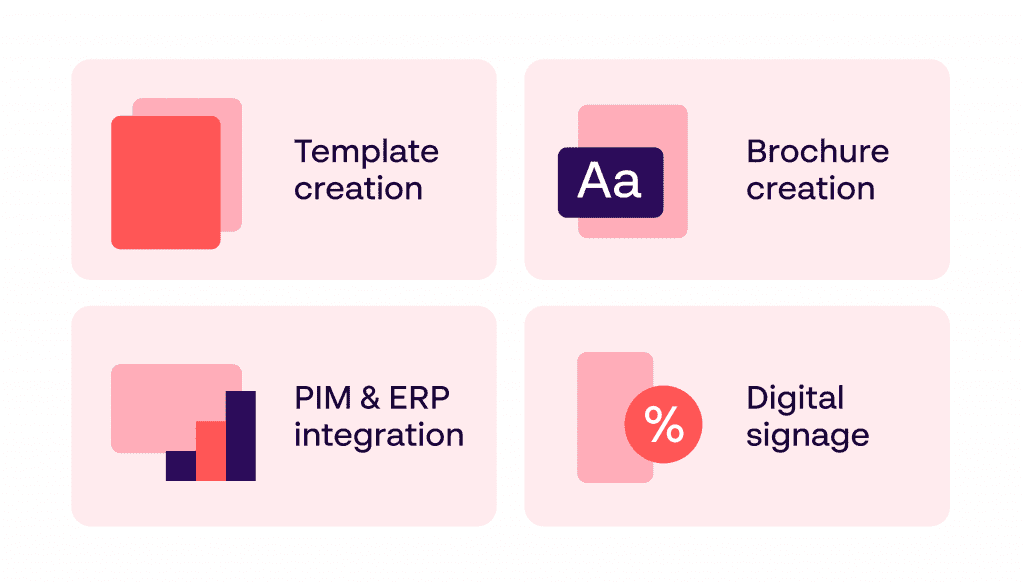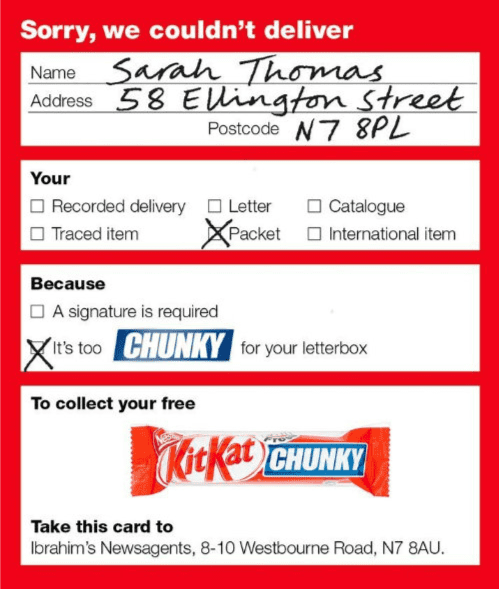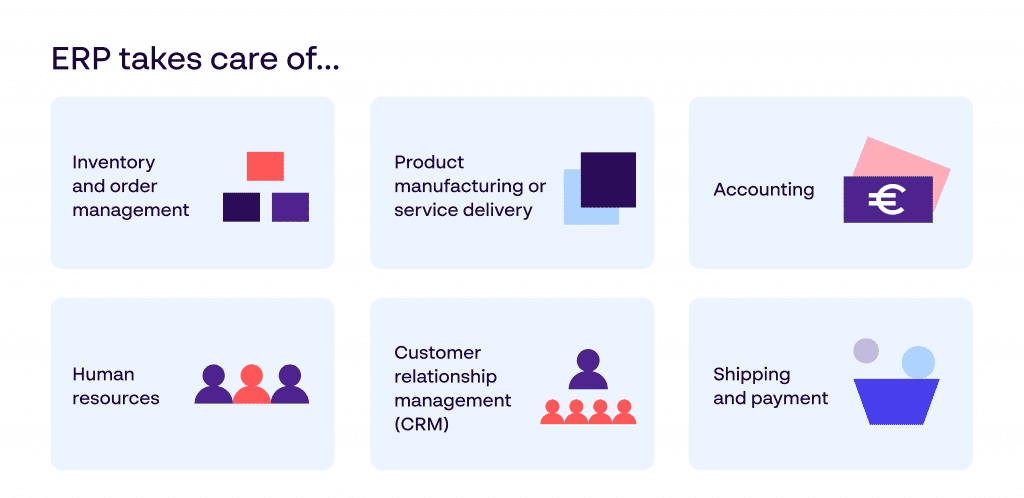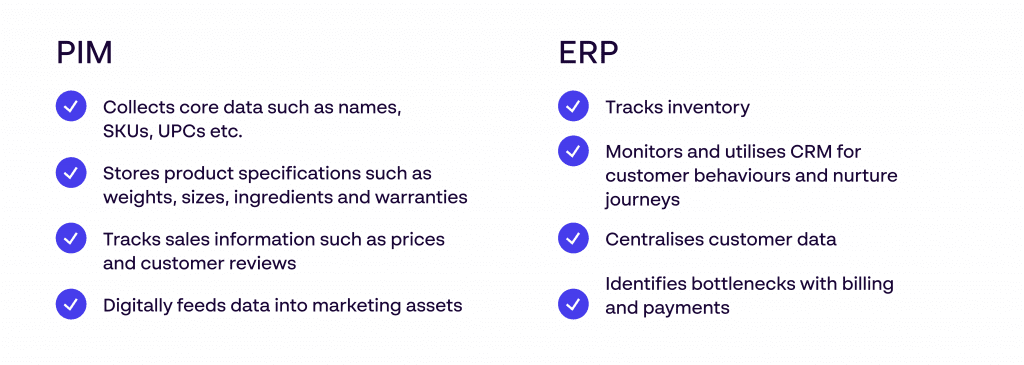The importance of localizsation
Growing a new brand to become a household name can take years, if not decades, to achieve. But with successful localisation, you don’t have to rebuild your brand identity and consumer trust completely from scratch when launching in a new market.
For a brand to be truly global, it needs to be able to reach consumers anywhere in the world, unlock doors to new markets, be prepared to take on local competition and tap into the buying habits of different audiences.
As anyone in touch with the modern marketing landscape will know, this takes more than just translating the copy on your products, communications and assets into the relevant languages — as we’ve already covered on the Papirfly Knowledge hub, doing this puts you at risk of making some embarrassing marketing faux pas.
Even at a time when marketers are well aware of the importance of localisation, a study from the CMO Council revealed that despite 63% of marketers being unsatisfied with their localisation efforts, 75% allocate less than a tenth of their budget to improving them.
For successful localisation in any local market, it’s essential to factor in a number of considerations, including:
Cultural sensitivities
Probably the most obvious and definitely one of the most important things to consider before releasing any kind of marketing material in a different market is the associations, nuances or dual meanings it may have there.
Certain imagery that works well in one local market may be inappropriate or offensive in another. The tagline you’ve been running from day one may not translate as intended or it could even be a local term for something else entirely. For the sake of a few extra checks with local teams, there’s nothing worse than having to pull your hard work because it’s offensive to the very audience you are trying to engage.
There are a surprising number of occasions when big-name brands have got this wrong. Including the time clothing retailer GAP had to apologise to China after releasing a printed t-shirt showing an incorrect map that missed out several of its claimed territories. As well as being aware of long-standing cultural nuances, the impact of significant local events can change the meanings and associations of certain words and phrases. For example, retailers in Australia have to be sensitive about how they promote Black Friday sales as this is also the name given to one of the most devastating bushfires in the country’s history in 1939. It’s one of the reasons that Black Friday sales have only recently taken off and remains predominantly online.
Localising your message
Even when you’ve checked that your translated marketing materials say what you intended, it doesn’t mean they have the same meaning to local consumers. Your brand may be universally recognised, and your products purchased for the same reasons (taste, quality, price etc…), your messaging needs to be unique in every market to get those selling points across in the best way possible.
To get this right, it’s vital that you understand your audience’s buying habits, behaviours and pain points. This will help you tweak your messaging in a way that remains on brand, but resonates better with local consumers.
Seasonal changes and local events
To stay relevant and front-of-mind, brands need to respond to what’s happening in every market they operate in. This means reacting to seasonal changes as well as bouts of unusual weather such as heatwaves, snow and storms, with relevant product promotions.
Being aware of location-specific events like sports contests, music festivals and local traditions create opportunities for brands to respond with promotions of relevant products and messaging.
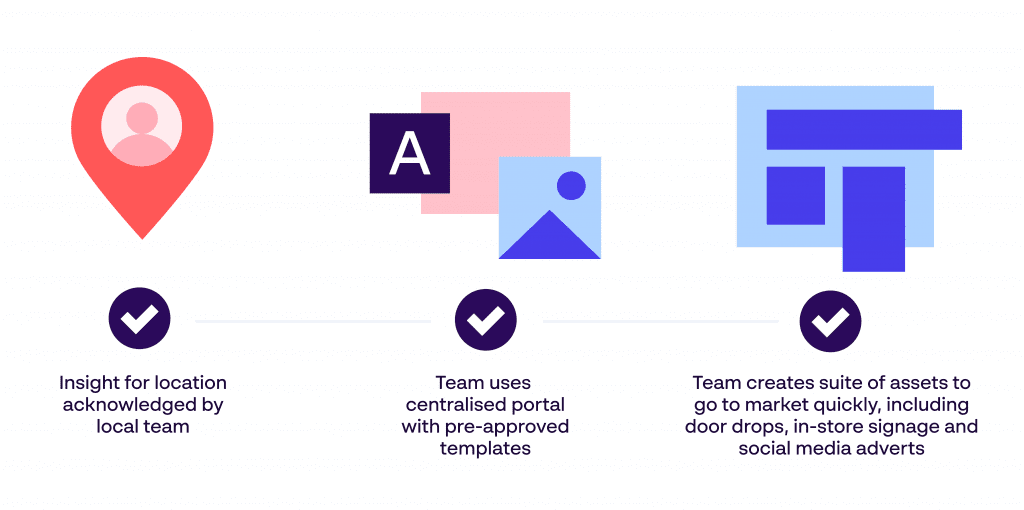
Hyperlocal culture
A single localisation strategy for each country may not be enough to reach all the different audiences within it. Even when the language doesn’t change, cultural nuances can be completely different between counties, states and regions.
This means that a blanket approach to localisation won’t work. To avoid excluding swathes of consumers, make use of regional teams who understand the needs and wants of audiences in their local area.
Local teams
From an outsider’s perspective, it is almost impossible to gain an in-depth understanding of particular locations and pick up on all the cultural nuances that often become the central idea of the best advertising campaigns.
The best way to make sure that your brand is landing in a local market is to employ the expertise of teams who work there.
In 2020, Deliveroo used hyper-localisation as the premise for its ‘virtual neighbourhoods’ to ensure they had 100% coverage in every area in which they operate. By building maps around local restaurants, they have been able to accurately geo-target campaigns for specific areas. It also meant they could automatically create new campaigns for local audiences whenever they launched in a new location.
How to make localisation seamless
The points above may seem like a lot to consider, especially if you are planning on taking your brand to every country across the globe. When you have a solid localisation strategy in place, innovative tools can help take the stress away from head office and give local teams the autonomy they need to implement your strategy with innovative features:
Integrate your PIM/ERP with marketing tools
Bringing your product information management (PIM) and enterprise resource planning (ERP) together and making them accessible in one location, empowers local teams to take control of pricing, stock levels, SKUs, variations, inventory options and distribution.
Working from a centralised portal, teams can more easily work together to make informed decisions using relevant data, while keeping senior-level teams in the head office in the loop. It’s a failsafe way to ensure that product variables are consistent.
Common product variables that are important for your marketing
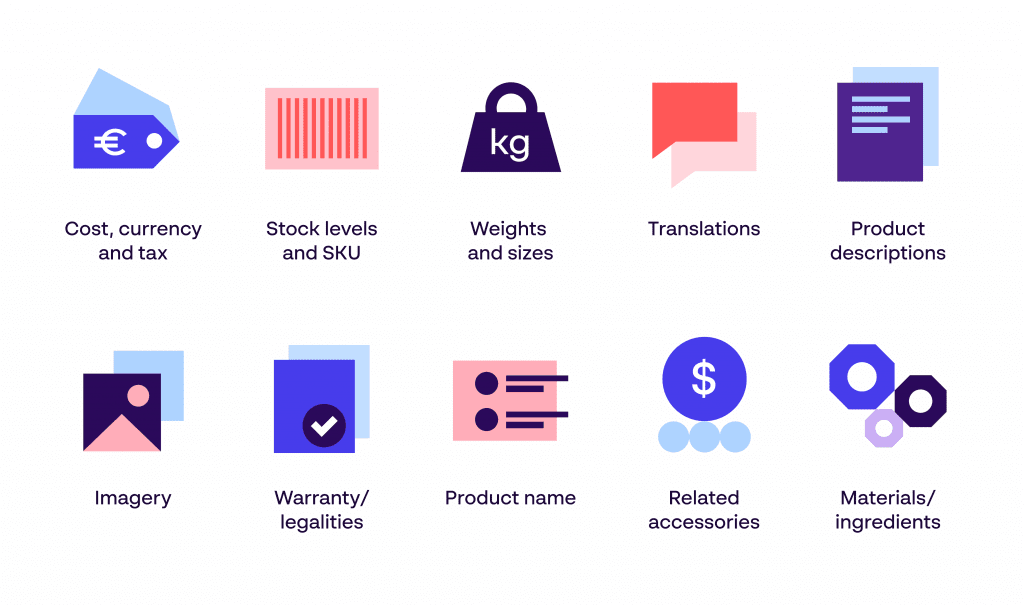
Capitalise on direct marketing
In unusually hot weather or the upcoming final of a major sports event, marketing teams need to respond fast to meet the sudden changes in consumer demand.
These are often market-specific and local teams need to achieve fast turnaround times while ensuring that the materials they produce are the correct format, accurate and on-brand. With intelligent templates, pre-set to on and offline formats, they have everything they need to bring asset creation in-house and work within the strict parameters of your brand.
Don’t forget in-store assets
So that local stores are ready to promote local events, stock clearances and take full advantage of other time-sensitive opportunities, retail teams need a seamless way to produce printed in-store marketing materials.
Using simple creation software they can create professional in-store materials in minutes, define templates that are set up in the correct standardised formats for print and digital, and are pre-populated with the most up-to-date brand elements such as logos, colours and taglines.
Embrace local formats
As well as automated formatting for standardised social media assets such as Facebook, Instagram and LinkedIn, the tools you are using to localise your brand needs to account for local formats.
This means that teams can instantly set their marketing materials to the correct sizes for the local newspaper, print and digital format sizes.
Empower your local teams
Two key components of successful brand localisation are accuracy and speed. When you have a clear understanding of different markets across the globe, and your local teams have the tools they need to achieve great work, your brand can react fast to changing demands in specific locations.
However, these two key components come with two key challenges. When your internal teams are overworked or you rely on outsourcing from external agencies, both speed and accuracy can grind to a halt.
The best way to overcome these challenges is by empowering your teams with a simple way to produce assets in-house and automate repetitive, time-consuming tasks.
Automate content delivery at speed and scale
Tools like BAM by Papirfly™ have a suite of innovative features that help teams to create digital and print assets within dedicated templates. Easy to use and always on-brand. No expert skills are needed. As well as making your team’s lives easier, these features give marketing managers in head offices complete oversight of live campaigns and the ability to react quickly to take advantage of trends and opportunities.



